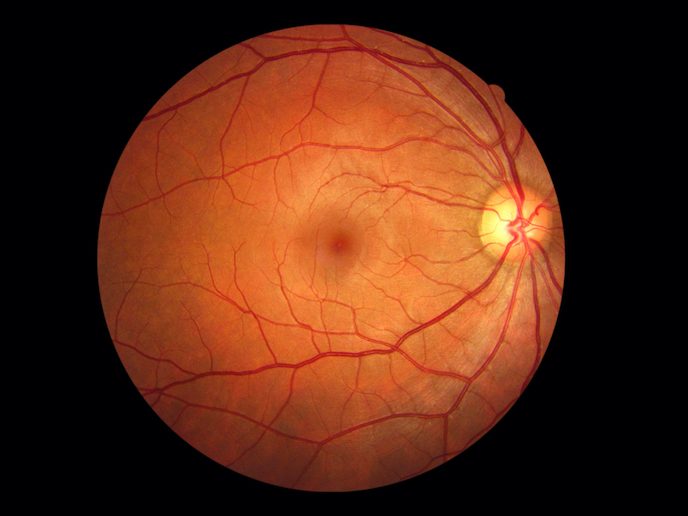Improved understanding of retinal bipolar cell function
In the visual system, a group of neurons called bipolar cells collects light-evoked photoreceptor signals in the outer retina and relays these signals to the inner retinal ganglion cells. From there, the images are projected as information to the brain. There are at least 14 bipolar cell types, and the unique way they transform the photoreceptor signals allows the inner retina’s neural circuits to form a visual description of the world. As bipolar cells are structurally and functionally well understood by researchers, they offered the EU’s Marie Skłodowska-Curie ITN-ETN project switchBoard an opportunity to learn more about how the input signals, from light-sensitive photoreceptors, are relayed to the ganglion cells that form the optic nerve. “The switchBoard metaphor came to us while writing a review article about the bipolar cells as the ‘building blocks of vision’. But bipolar cells not only connect the photoreceptor input signals with the retinal ganglion cells, they also seem to process these signals,” explains Thomas Euler, project coordinator.
The retina as an ideal model
Unlike most brain systems, retinal sensory input and outputs can be relatively easily measured. switchBoard’s Marie Skłodowska-Curie Early Stage Researchers used retinas of different animal models to investigate the processing of sensory signals. Neuronal activity in the retina was measured at both network and synaptic levels using multi-electrode recordings and two-photon imaging. These practical investigative methods were complemented with theoretical approaches to extract and predict ‘general features’ of bipolar cell function. Furthermore, the researchers were also exposed to a variety of additional cutting-edge technologies ranging from immunolabelling to electron microscopy to identify cellular and synaptic structures. One crucial finding was that zebrafish process colour across visual space to match natural underwater scenes, suggesting that their retinal circuits have evolved to process behaviourally important visual information. Another key finding in a mouse model was that the involuntary oscillating small eye movements, known as nystagmus, seen in patients with congenital stationary night blindness, are likely caused by activity in the inner retinal circuits. Locating the condition’s origin could pave the way for therapies.
A better understanding of retinal diseases
While the photoreceptors degenerate, and in the worst cases are lost, in people with visual impairment, most bipolar cell function is still preserved. This makes bipolar cells an important target for various therapies which seek to replace or rescue photoreceptor function. switchBoard has contributed to the knowledge about how bipolar cells change morphologically and functionally, and connect with other neurons underpinning these therapies. “By ensuring that these 15 international young researchers received in-depth training in experimental and computational neuroscience, neurotechnology and biomedicine, the project has contributed to the next generation(s) of young retinal scientists and so the EU’s ability to tackle health concerns,” says Euler.
Keywords
switchBoard, retinal, photoreceptors, eye, visual, brain, bipolar cells, sight, ganglion cells, neuron, optic nerve







